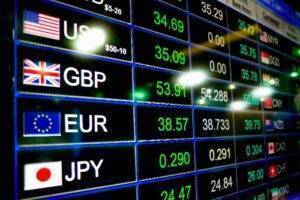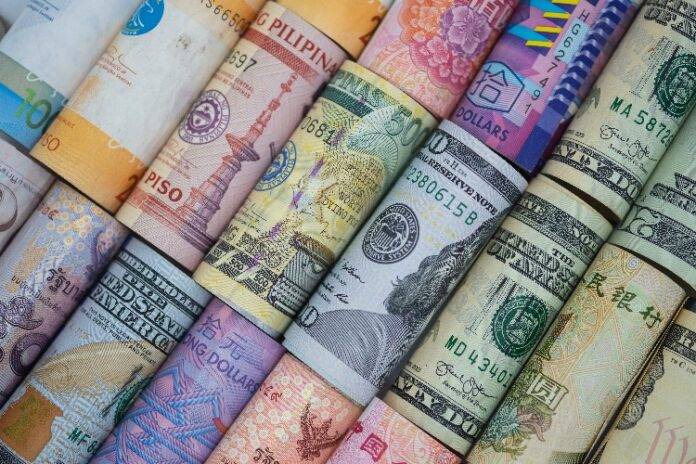Foreign exchange is dynamic and has come a long way from early civilization to this day. The advancement of technology and, consequently, the improvement of communication has significantly affected the industry. Improved data analysis and more precise projections have had an impact on forex rates. Technology has also had a profound impression on many other sectors, including the financial industry.
Here are some ways technology has changed foreign exchange rates.
1. Increased Competition
Technological advancement has made the foreign exchange market more competitive by providing platforms on which more people can trade. These platforms cater to both experienced and amateur forex traders. Increased competition has a bearing on the foreign exchange rate.
Technological advancement has also seen the emergence of cryptocurrency platforms. These digital platforms transcend geographical location. For example, you can be in the USA and still conduct currency exchange in Canada through today’s online platforms.
2. Improved Trading Tools
The progression of technology has also made foreign trading more accessible through simplified trading tools. These are designed to assist traders in maximizing their strategies. Online tools have improved the ease of doing business on the exchange market. Some software now caters to speculative buyers, while others can determine the risk of a trade.
3. Quicker Transaction Speed
Computers are endowed with quicker processing speed than human beings. When it comes to data updates in foreign exchange, computers go through vast volumes of data, process it, and give updates on the go. In the past, processing price charts and some new updates would take a while before dissemination. With modern technology, however, handling quotes for the equities, futures, currency pairs, interest rates, and other options is now a breeze.
4. Live Market Prices
Live market prices used to be the preserve of brokers and a few who were privileged to work in the stock exchange. Thanks to the evolution of modern technology, live market prices can now be accessed by pretty much anyone on the Internet. Some online trading platforms have access to exchange markets.
5. Real-Time Order Execution
In foreign exchange, an order execution happens when it’s filed, not when it’s placed. It’s the completion of a sale or a purchase. Traditionally, when an investor submitted the execution, it was sent to a broker who determined the way forward. With the inception of modern technology, however, the execution of orders is now real-time and more efficient. This has seen a significant reduction in execution fees.
6. Social Media
Social media has played a role in foreign exchange. Through social media, traders can now communicate faster. Social media has also given a platform on which traders can network. Some social networks even have platforms where forex traders and brokers connect and share experiences. Trading habits can also be shared through social media.
Conclusion
 The trends in foreign exchange will continue to evolve for as long as technology advances. Artificial intelligence is likely to continue advancing data analysis and improving the way foreign exchange traders conduct their trade. With modern technology, traders can now avoid doing complicated data analysis on their own. Computers can simply do the job. For those who don’t take advantage of such useful tools, their only other option is to employ data analysis companies. But whatever the case, technology is the boss.
The trends in foreign exchange will continue to evolve for as long as technology advances. Artificial intelligence is likely to continue advancing data analysis and improving the way foreign exchange traders conduct their trade. With modern technology, traders can now avoid doing complicated data analysis on their own. Computers can simply do the job. For those who don’t take advantage of such useful tools, their only other option is to employ data analysis companies. But whatever the case, technology is the boss.


















